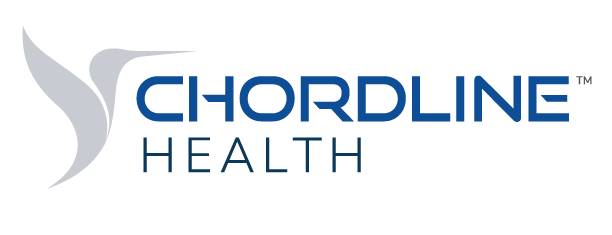COVID 19 and Chronic Condition Management
Deborah Keller
CEO Chordline Health
For the past few months, healthcare has been like a song with one note. The government, the media, healthcare professionals, health plans and all the rest of us have been heavily focused all COVID-19 all the time.
That’s understandable. Global pandemics have a way of sucking up all the attention in the room.
But the problem is all those other life-threatening chronic health conditions Americans already had or were in danger of acquiring before COVID-19 didn’t suddenly go away because there was a new coronavirus in town. Instead, they continued to do what they have always done, and the damage they’re doing now will still be around long after COVID is under control.
That is why it’s so critical for healthcare providers and health plans to shake off the tunnel vision of the past few months and focus once again on preventive screenings and wellness visits. Including safely bringing non-COVID-19 patients into the office where hands-on care is required and continuing to expand the use of telemedicine. Case managers must stay focused on ensuring that their patients/members are following their plans of care closely.
For example, given the fear surrounding COVID-19 (not to mention forced shut-downs), it’s possible a large number of patients/members with diabetes are behind on their HbA1c lab tests and/or diabetic eye and foot examinations.
As a result, health plans and providers will want to focus their initial efforts on the patients/members who are most in danger of requiring an emergency department (ED) visit or a hospital inpatient stay due to their lack of attention to their conditions. They are the ones most likely to deteriorate quickly and require urgent or emergent care.
This is where population health management analytics can be invaluable. It can parse through an entire patient panel and not only identify patients/members who are overdue for care, but also how many gaps in care they have and how far behind they are. Analytics can also be used to identify people who are most at risk of COVID and engage them to be tested.
With more sophisticated analytics, the provider or health plan can dig deeper, incorporating additional factors such as age, number of co-morbidities, demographics, social determinants of health (SDOH) etc. This information will help score patients/members on the severity of their overall conditions and needs to ensure those with the highest priority – the one with the greatest care needs – surface to the top of the list for routine chronic care as well as COVID testing.
Once this list is generated, care managers or care coordinators can begin contacting patients/members to schedule an appointment for the care they need. Of course, they may meet some unusual resistance to these types of care due to lingering fears; after all, the pandemic is far from over and in some geographies is now starting to heat up.
Providers and health plans may want to develop conversation tools to help care managers and care coordinators not only explain the importance of coming in for these tests and procedures but also the steps that are being taken to ensure a patient/member who visits their physician for their regular care doesn’t acquire the virus in the process.
Primary care providers getting patients in for wellness visits and preventive screenings will help get patients back in the habit of visiting their physicians again even it is virtually. For those providers in value-based arrangements, securing these visits is essential to ensuring patients achieve better health outcomes on a sustained basis so providers can meet their cost containment commitments.
While the COVID-19 pandemic has been capturing all the attention, other health conditions and the need for preventive care have not stopped. They’ve just been pushed to the background.
It’s important to ensure that these other forms of care continue to be delivered, pandemic or not. Otherwise, the price we have to pay in lives and dollars down the road could be enormous.
